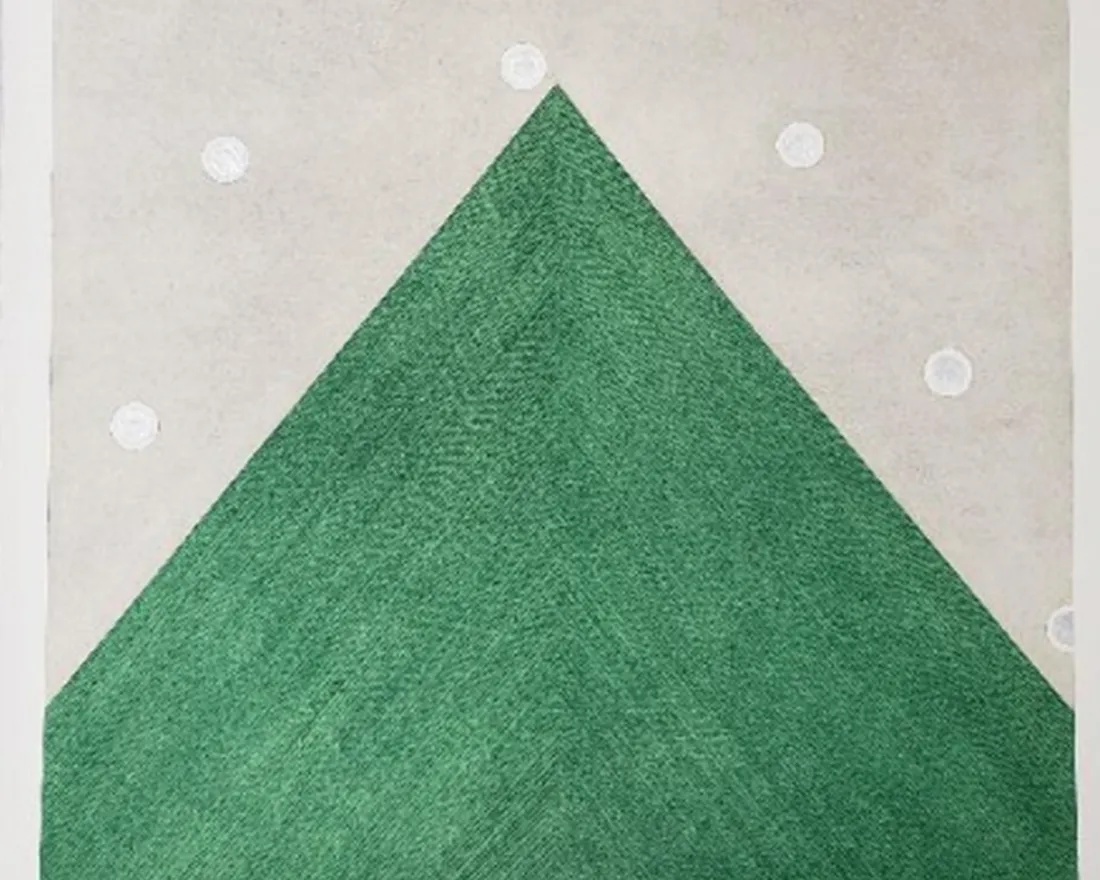Jason Wesaw
Lesson: Creating Modern Art
Through my contemporary artworks, my ceramic works, my works on paper, the textiles, I’m trying to reinterpret our traditional stories in a very modern and contemporary manner. I feel like that’s how the outside world needs to see my culture. They need to see that my culture has evolved.
–Jason Wesaw, Pokagon Band of Potawatomi
Themes: Continuation and Innovation
Learning Objective: After learning more about artist Jason Wesaw’s work, Wabenokwé (Woman of the Dawn), students will use the elements of art to create their own drawing.
Background Information
Throughout history, cultures and traditions have changed with scientific and technological discoveries, environmental adaptation, and contact with other cultures. Yet we tend to keep thinking of Native Americans, their cultures and their traditions as people and things that are firmly rooted in the past. Contrary to that notion, today’s Native artists, like artists everywhere, react to the world around them and make art that’s related to the world they live in right now.
Jason Wesaw is one of many Native American artists pushing boundaries and experimenting with innovative designs and materials. In his contemporary ceramic pots, Jason frequently combines inspiration from the past—the shapes are similar to clay pots Native peoples have used for centuries to store food—with his 21st century artistic style. Bright shapes and colors along with dyed deer tail hair adorn his work, Wabenokwé (Woman of the Dawn). Jason gathers his own clay from the area near Lake Michigan where he lives, the traditional homelands of the Potawatomi peoples. Unlike his ancestors, who made pots and jars to store food, Jason makes vessels as fine art objects, showing that his culture, like all cultures, evolves and changes over time.
Activity
Take a closer look at Wabenokwé (Woman of the Dawn). Jason included many of the elements of art in this particular piece: line, shape, form, space, texture, color and value. Do any of these elements stand out to you in Jason’s work? Perhaps it’s the bright complimentary colors, or the solid rectangular shapes, or maybe it’s the textures or the clay or hair tufts included in the piece.
Create a drawing inspired by Jason’s work using the elements of art. Choose two complementary colors and include line, shape, color and texture.
Words you need to know
Continuation
Doing something in the same way over time.
Innovation
Creating something new or finding a new way of doing something.
Contemporary
Present day, now.
Modern
Involving recent techniques or ideas; relating to the present time.
Complementary Colors
Colors that are directly opposite each other on the color wheel.
Elements of Art
Line
A mark made using a drawing tool. Lines can be think, thin, curly, zigzag, etc.
Shape
An enclosed space. Shapes can be geometric like a square or triangle, or natural like a flower, cloud or leaf.
Color
How we perceive reflected light.
Texture
The look and feel of a surface.







